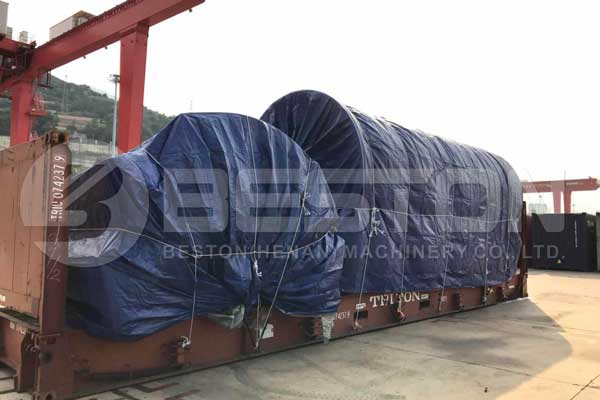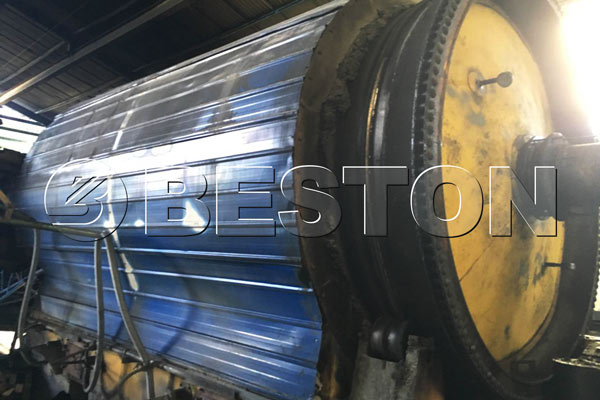How a Tyre to Oil Plant Can Solve Waste Management
The modern human civilization relies on fast transportation and high mobility to support its intricate infrastructure. And, all this happens on the traction of rubber tyres. Tyres for all types of motorized vehicles are being used and worn out every day and this colossal mountain of rubber garbage is suffocating landfills and spilling out into lakes, rivers and wilderness.
It does seem that the tyre problem is grave because no many landfills are no longer accepting tyres in their disposal plans. But, the good news is all this rubbery waste can be put to good use and repurposed for resource efficiency.

Waste Tyre to Oil Plant for Sale
In the following article, we will take a closer look at some of the ways old worn out tyres can be converted into a profitable source of fuel and waste material and most of the technical data is from Beston Group of China.
The Advantages of a Pyrolysis Plant
There are over 300,000,000 tyres being thrown out each day and while some may call this a catastrophe, this can also be looked at as a considerable opportunity. All that is need is a clever logistical plan to collecting all these unwanted tyres and putting them to good use. Through the process of pyrolysis, as seen in a waste tyre to oil plant, old tyres can be used once more and be used in profitable production of fuels and other useful compounds.
The pyrolysis process can be used to strip old tyres down to their most useful compounds. Pyrolysis comes from two Latin terms that mean “transformation by fire” and is a process that uses high-temperatures and a zero-oxygen environment to keep to chemically restructure rubber waste and other waste materials into something more useful.
For example, in a tire there is lot more than just rubber. Tyres are reinforced with steel, but also contain useful gasses, and heavy oil that can be extracted with the right type of tyre to oil plant.

Tyre Pyrolysis Plant
The Tyre to Oil Process
The tyres will be fed inside the reactor chamber of the tyre to oil plant where it will be transformed with high temperatures. The chemical transformations work by burning the tyres with no oxygen to aid in the process. This results in the important changes that allow us to repurpose the useful elements in the tyre. The polymers will be evaporated at 250° and will be transformed into the oil gas that we are looking for. The gas will be collected from the system and fed into the condensing chamber where it will be turned into the heavy oil which has uses as a fuel source and can be further refined into diesel. Any gas that is not condensed can be fed back into the reaction chamber to help fuel the process as it progresses.
Once the tyre to oil plant has cooled, you will find another two valuable products, carbon black and steel wire from inside the tires. The steel wire can be sent to metal recycling facilities. The carbon black has uses in the ink industry, construction materials and is also an alternative fuel source. More: https://www.bestongroup.com/tyre-pyrolysis-plant-for-sale/.
Final Notes on a Tyre to Oil Plant
In the end, a tyre to oil plant from a reputable pyrolysis plant consultant can transform 6 to 24 tons of waste tyres a day for as long as 10 years, depending on the quality and size of the plant. Besides, if you want to learn tyre to oil plant project cost, you can click it right now.
- Consider The Type Of Charcoal Manufacturing Equipment You Want
- Finding Reliable Waste Recycling Machines